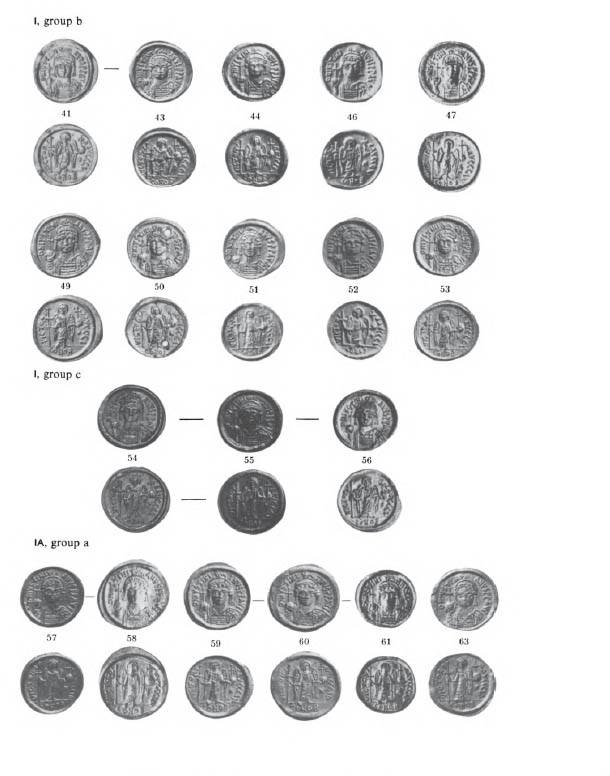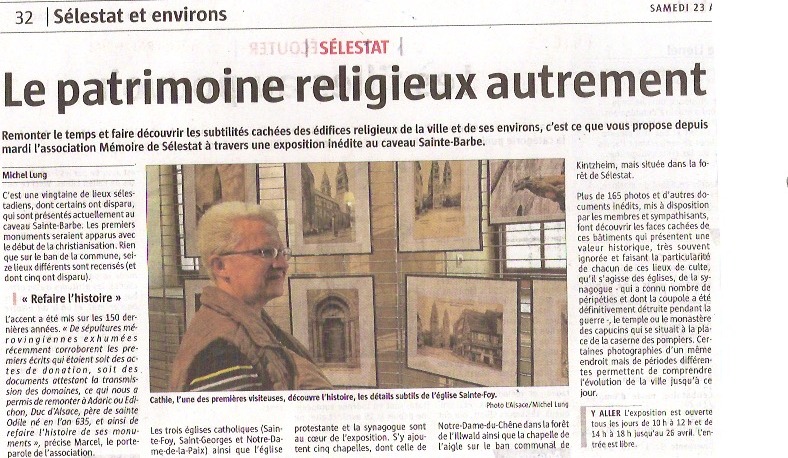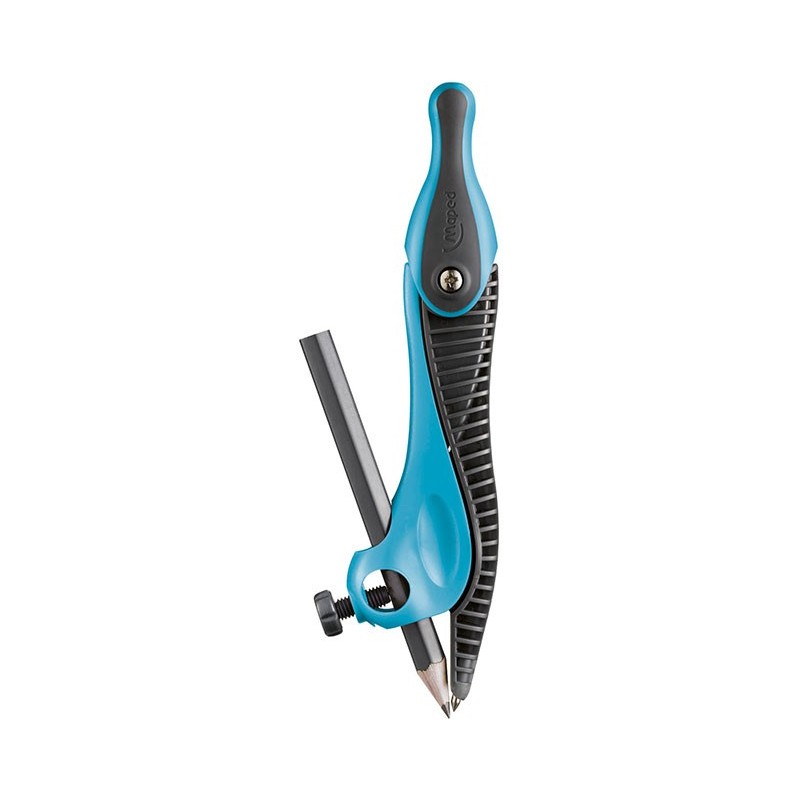La monnaie dans le Péloponnèse - Contribution to the typology and
Par un écrivain mystérieux
Last updated 28 mai 2024

Les monnaies, ainsi que les inscriptions, d’Orchomène d’Arcadie constituent l’une des séries les plus riches de la région. Pratiquement tous les musées d’Europe possèdent dans leur collection des exemplaires de ces émissions. L’atelier monétaire orchoménien n’a pourtant jamais fait l’objet d’une étude approfondie et d’une mise en valeur récente. Ce qui nous a amené à nous y intéresser, pour combler cette lacune et préparer le terrain pour de futures recherches. Le monnayage orchoménien est surtout constitué de bronzes, qui se répartissent en deux ensembles chronologiquement distincts. Les monnaies de la première série datent du ive s. av. J.-C. ; celles de la seconde série datent de l’époque impériale romaine et furent majoritairement frappées sous Septime Sévère. Beaucoup d’entre elles portent au droit le portrait de l’empereur ; d’autres représentent les membres de sa famille, Julia Domna, Caracalla et Geta. Les problèmes abordés dans cet article concernent notamment la solution de continuité entre le ive s. av. J.-C. et le iie s. apr. J.-C., qui pose la question de l’importance de la frappe monétaire à Orchomène d’Arcadie pour l’économie locale, et sa relation avec les changements politiques et culturels en Arcadie. En outre, on s’efforce d’ordonner les différents types iconographiques et leur correspondance avec les héros ou les divinités représentées sur les monnaies, en relation avec de possibles cultes locaux. The coins, together with the inscriptions from Arcadian Orchomenos, comprise one of the richest groups of finds in this area. Almost every museum in Europe holds some of these coins in its archaeological collections. Nevertheless, there has been no systematic study or updated evaluation of the Orchomenian coins already known. This is the starting point of this paper, and its aim is to fill this gap and lay the ground for future research. The coins from Arcadian Orchomenos are mainly bronze and are divided into two categories, according to chronological criteria. The coins in the first category date back to the 4th century BC, while those in the second category originate from Roman imperial times and were predominantly minted during the reign of Septimus Severus. Many of them depict the emperor on the obverse. Other coins portray his family members Julia Domna, Caracalla and Geta. Questions such as why there is a gap between the 4th century BC and the 2nd century AD, what the significance of Orchomenian minting was for the local economy and how this relates to the general political and cultural changes in Arcadia will be addressed in this paper. Moreover, an attempt will be made to classify the different iconographical types and their correspondence with the mythical heroes or deities depicted on them, with reference to possible local cults. Τα νομίσματα του Αρκαδικού Ορχομενού συνθέτουν μία από τις πλουσιότερες ομάδες ευρημάτων της περιοχής, μαζί με τις επιγραφές. Σχεδόν όλα τα Μουσεία της Ευρώπης συμπεριλαμβάνουν στις συλλογές τους έναν αριθμό αυτών των νομισμάτων. Εν τούτοις δεν έχει γίνει κάποια συστηματική προσέγγιση και ενδελεχής αξιολόγηση των ήδη γνωστών νομισμάτων του Ορχομενού. Η διαπίστωση αυτή συνιστά και την αφετηρία του παρόντος άρθρου, στόχος του οποίου είναι να φωτίσει το κενό, προετοιμάζοντας το έδαφος για μελλοντική έρευνα. Τα νομίσματα του Αρκαδικού Ορχομενού είναι κυρίως χάλκινα. Διακρίνονται σε δύο κατηγορίες σύμφωνα με χρονολογικά κριτήρια. Τα νομίσματα της πρώτης κατηγορίας χρονολογούνται στον 4ο αι. π.Χ., ενώ τα νομίσματα της δεύτερης κατηγορίας ανήκουν στους ρωμαϊκούς αυτοκρατορικούς χρόνους και κυκλοφόρησαν κυρίως κατά τη διάρκεια της δυναστείας του αυτοκράτορα Σεπτίμιου Σεβήρου. Πολλά από αυτά απεικονίζουν τον αυτοκράτορα στην εμπρόσθια όψη. Άλλα νομίσματα απεικονίζουν τα μέλη της οικογένειας του, Ιουλία Δόμνα, Καρακάλλα και Γέτα. Στο άρθρο αυτό αντιμετωπίζονται ζητήματα, όπως, για ποιο λόγο υπάρχει κενό μεταξύ του 4ου αι. π.Χ. και του 2ου αι. μ.Χ., ή ποια είναι η σημασία της κοπής νομισμάτων του Ορχομενού για την τοπική οικονομία, και πώς αυτό συσχετίζεται με τις γενικές πολιτικές και πολιτιστικές αλλαγές στην Αρκαδία. Επιπλέον, καταβάλλεται προσπάθεια ταξινόμησης των διαφόρων εικονογραφικών τύπων και αντιστοιχίας με τους μυθικούς ήρωες ή θεότητες που απεικονίζονται στα νομίσματα με αναφορά σε πιθανές τοπικές λατρείες.

le Péloponnèse : Croisières et sorties en bateau - le MEILLEUR de 2024 - Annulation GRATUITE

Deux monnaies ptolémaiques en “faïence égyptienne” à la BnF

PDF) A.G.Nikolakopoulou, The custom of “Charon's obol” in the Peloponnese, in J.-M. Doyen, J.-P. Duchemin & P. P. Iossif (eds), Proceedings of the International Conference A coin for the dead. Coins for

Théâtre d'Épidaure : Patrimoine de l'UNESCO - le MEILLEUR de 2024 - Annulation GRATUITE

La monnaie dans le Péloponnèse - École française d'Athènes

La monnaie dans le Péloponnèse - Les conditions de la production monétaire dans le Péloponnèse durant l'Antiquité : Ateliers civiques ou ateliers « indépendants » ? - École française d'Athènes

PDF) Re-inventing myths; coins and people in a Classical to Roman cemetery on the island of San Giorgi, at the entrance of the Saronic Gulf

PDF) THE KOINA OF SOUTHERN GREECE: HISTORICAL AND NUMISMATIC STUDIES IN ANCIENT GREEK FEDERALISM

ANS Digital Library: Studies in Early Byzatine Gold Coinage

Ethnos and Koinon: Studies in Ancient Greek Ethnicity and Federalism 3515122176, 9783515122177

PDF) The circulation of copper coins in the Iberian Peninsula during the Visigothic Period: new approaches

La monnaie dans le Péloponnèse - Les conditions de la production monétaire dans le Péloponnèse durant l'Antiquité : Ateliers civiques ou ateliers « indépendants » ? - École française d'Athènes

8 Greek art: recent developments and current trends, Archaeological Reports

La monnaie dans le Péloponnèse - Contribution to the typology and iconography of the coins from ancient Arcadian Orchomenos - École française d'Athènes

La monnaie dans le Péloponnèse - École française d'Athènes
Recommandé pour vous
 💥 Meilleurs réveils digitaux 2024 - guide d'achat et comparatif14 Jul 2023
💥 Meilleurs réveils digitaux 2024 - guide d'achat et comparatif14 Jul 2023 Adoric : un outil gratuit pour créer des pop-ups et booster les14 Jul 2023
Adoric : un outil gratuit pour créer des pop-ups et booster les14 Jul 2023 Trancheuse à lame en spirale pour légumes et fruits, râpe à14 Jul 2023
Trancheuse à lame en spirale pour légumes et fruits, râpe à14 Jul 2023 Adoric Balance de Cuisine Électronique Précise 5KG14 Jul 2023
Adoric Balance de Cuisine Électronique Précise 5KG14 Jul 2023 Les produits Balance culinaire electronique au meilleur prix14 Jul 2023
Les produits Balance culinaire electronique au meilleur prix14 Jul 2023 Concevoir des couvertures et des affiches pour dvd, blu et cd14 Jul 2023
Concevoir des couvertures et des affiches pour dvd, blu et cd14 Jul 2023 Réveil Numérique - ORIA - Fonction Snooze - Luminosité réglable14 Jul 2023
Réveil Numérique - ORIA - Fonction Snooze - Luminosité réglable14 Jul 2023 Guirlande lumineuse étoiles Adoric 5 m 40 LED Guirlande lumineuse14 Jul 2023
Guirlande lumineuse étoiles Adoric 5 m 40 LED Guirlande lumineuse14 Jul 2023 Economic and socio-political glimpses from Gitana in Thesprotia14 Jul 2023
Economic and socio-political glimpses from Gitana in Thesprotia14 Jul 2023 MEMOIRES DE SELESTAT: 201614 Jul 2023
MEMOIRES DE SELESTAT: 201614 Jul 2023
Tu pourrais aussi aimer
 Compas Maped Kid'z à bague en plastique - bleu ou vert14 Jul 2023
Compas Maped Kid'z à bague en plastique - bleu ou vert14 Jul 2023 Chargeur de voiture Sans Fil Smart Sensor S514 Jul 2023
Chargeur de voiture Sans Fil Smart Sensor S514 Jul 2023- Vileda Mauritius14 Jul 2023
 Chine Remplacement et mise à niveau personnalisés de l'ensemble de14 Jul 2023
Chine Remplacement et mise à niveau personnalisés de l'ensemble de14 Jul 2023 TATAY Mopsitck + Mop Twister, One Size, Multicolour14 Jul 2023
TATAY Mopsitck + Mop Twister, One Size, Multicolour14 Jul 2023 Ambiance jazz et soul musique au petit marché de la cité14 Jul 2023
Ambiance jazz et soul musique au petit marché de la cité14 Jul 2023 CANDY - Sèche linge Condensation GVCD913BBC4714 Jul 2023
CANDY - Sèche linge Condensation GVCD913BBC4714 Jul 2023 1pc, Balance De Cuisine, Balance Alimentaire, Balance De Cuisine Précise, Balance De Cuisine De Haute Précision 0,1g, Balance Électronique Pour Café14 Jul 2023
1pc, Balance De Cuisine, Balance Alimentaire, Balance De Cuisine Précise, Balance De Cuisine De Haute Précision 0,1g, Balance Électronique Pour Café14 Jul 2023 Moulin à Café Professionnel Automatique 2 Kilos14 Jul 2023
Moulin à Café Professionnel Automatique 2 Kilos14 Jul 2023 Tableau Street Art Graffiti Moderne14 Jul 2023
Tableau Street Art Graffiti Moderne14 Jul 2023
